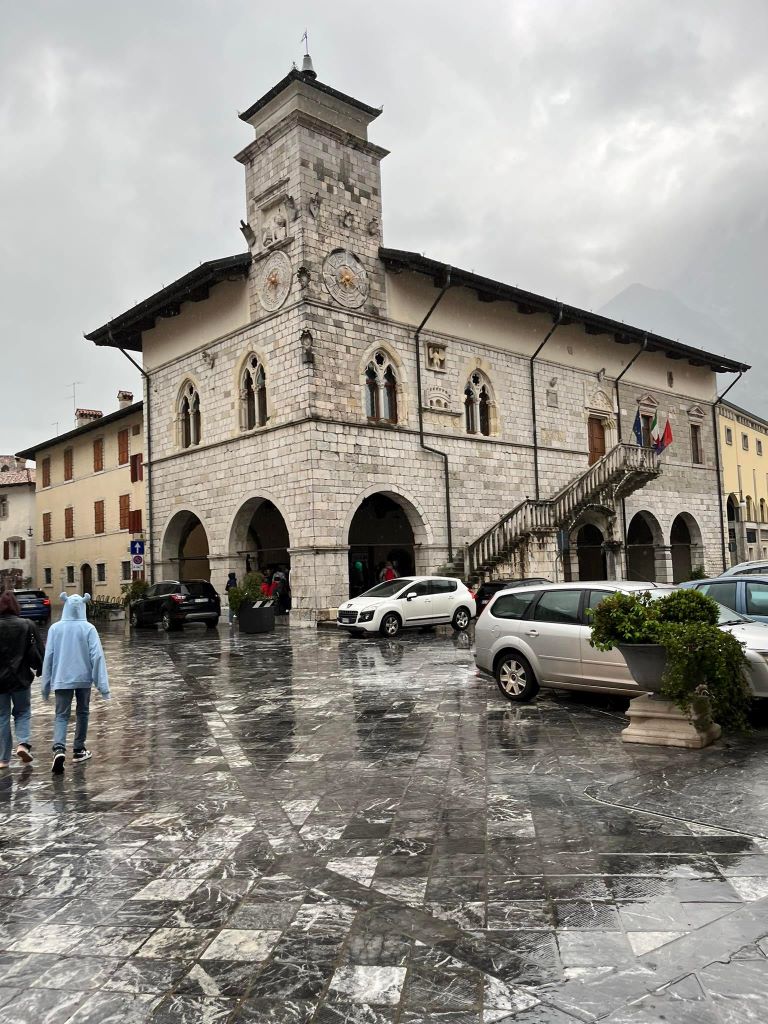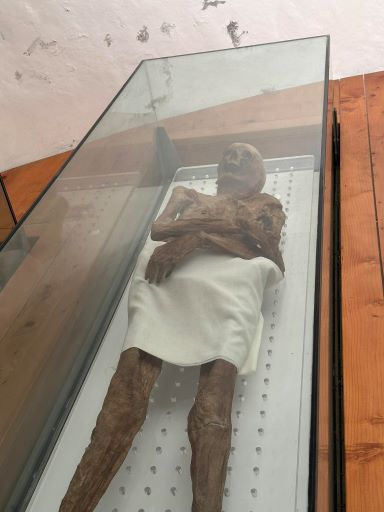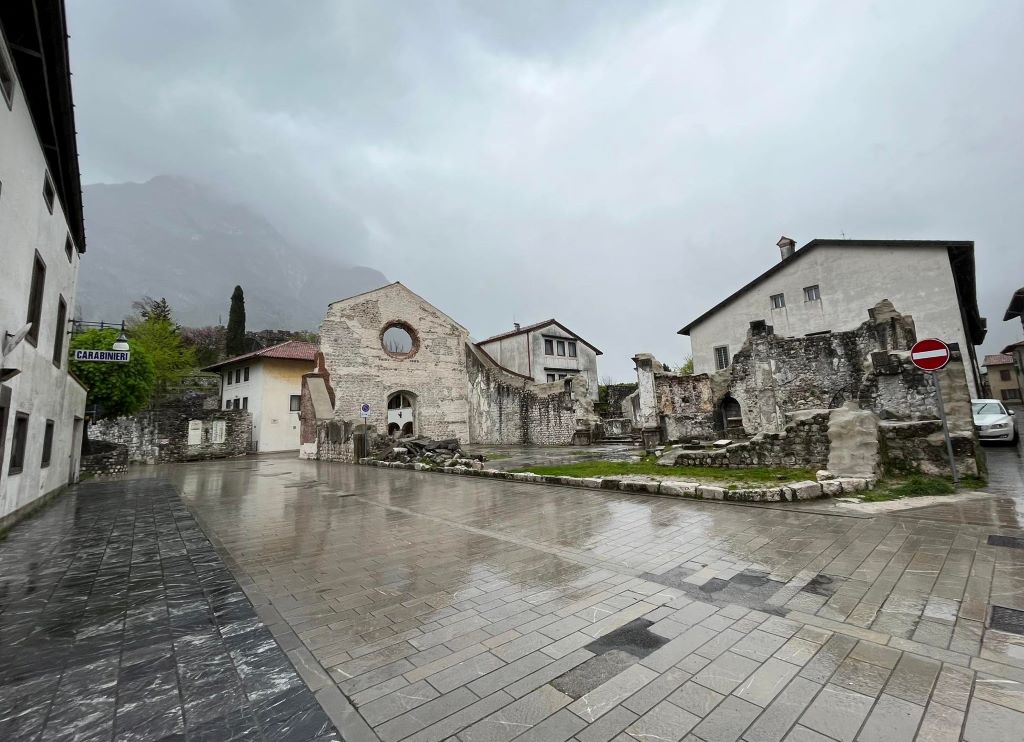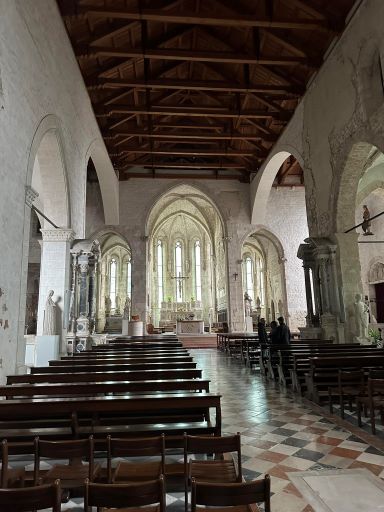Venzone - The city built on ruins
The History of Venzone
Venzone is a town in Italy, in the province of Udine, with a population of over 2,000. For centuries it was a border town and a doorway that connected part of the Adriatic coast with the countries of the north. It lay on a route traversed by traders, wanderers and pilgrims.
Venzone’s location was also of defensive importance. The town was an ideal fortress due to the surrounding hills and rivers.
When the town was under Venetian rule, its decline began. Over the years it was overrun by various states, including France and Austria. Only in 1866 was it annexed to the Kingdom of Italy.
Venzone is also a town with many misfortunes. It has survived two world wars. During the second, in 1945, it was bombed 60 times by the English, who tried to demolish the railway traction that ran past it. In 1966, there was a flood. The water came up to 1 storey high. In 1976, on the other hand, there was an earthquake.


Mummies in Venzone
In the 14th century, the Black Death arrived in Venzone and took many of the inhabitants with it. There were no more places in the cemetery for new bodies, so they decided to store loved ones in coffins, which were kept in the cellars in the chapel of St Michael.
In 1647, when the chapel was about to be renovated and the coffins were being moved, it was discovered that the bodies of the dead had been mummified. On the first mummy to be discovered, of Hunchback, studies began to be made on how it was created without human involvement. Scientists believe that this was due to special types of bacteria that pull all the moisture out of the body. The last mummy was observed in the area in the second half of the 19th century.
After the tragic earthquake in 1976, 15 mummies were preserved, five of which can now be seen in the St Michael’s Chapel. The rest can be found in cities such as Prague and Paris, among others.
The Reconstruction
1976 was a very tragic year for the town of Venzone. On 6 May there was a strong earthquake with a magnitude of 6.5 in the Richter scale, which lasted for 5 minutes. Around 1,000 people were killed. Repeated quakes occurred there over the next six months.
After this tragedy, the Italian government did not want to rebuild the town, but European countries, which had not forgotten Venzone, rushed to its aid. They joined in the rebuilding of the town by organising fundraising.
The inhabitants wanted Venzone to look the same as it did before the disaster. This proved possible, thanks to photographic documentation of the appearance of the buildings and churches created 11 years before the earthquake. What did the reconstruction look like? People walked around and picked out the stones from which their house was built. The town was recreated perfectly, as if a scattered jigsaw puzzle was being put back together again.
By some of the buildings in Venzone we can see rocks with numbers on them. These indicate that the building was destroyed, and the rock we see is from before the earthquake and is the original.


The Cathedral
The Cathedral of St Andrew the Apostle is a cathedral church located in Venzone. It is a Friulian church. Its guiding idea is that where there are people, there is a church. An interesting fact about this place is that Karol Wojtyla celebrated mass there (while still a bishop) during his travels in Europe.
The cathedral was rebuilt from 12,000 pieces of rock after the earthquake. Inside, there is a hollow rosette and five levels of floors. Inside you can also find a sculpture of Jesus Christ on the cross. The locals did not like this depiction because Jesus did not have a beard or hair (the author modelled it on the appearance of the prisoner who posed for him). For this reason, they were added. However, through earthquakes they were damaged and fell off. Since then, the sculpture has had its original appearance.